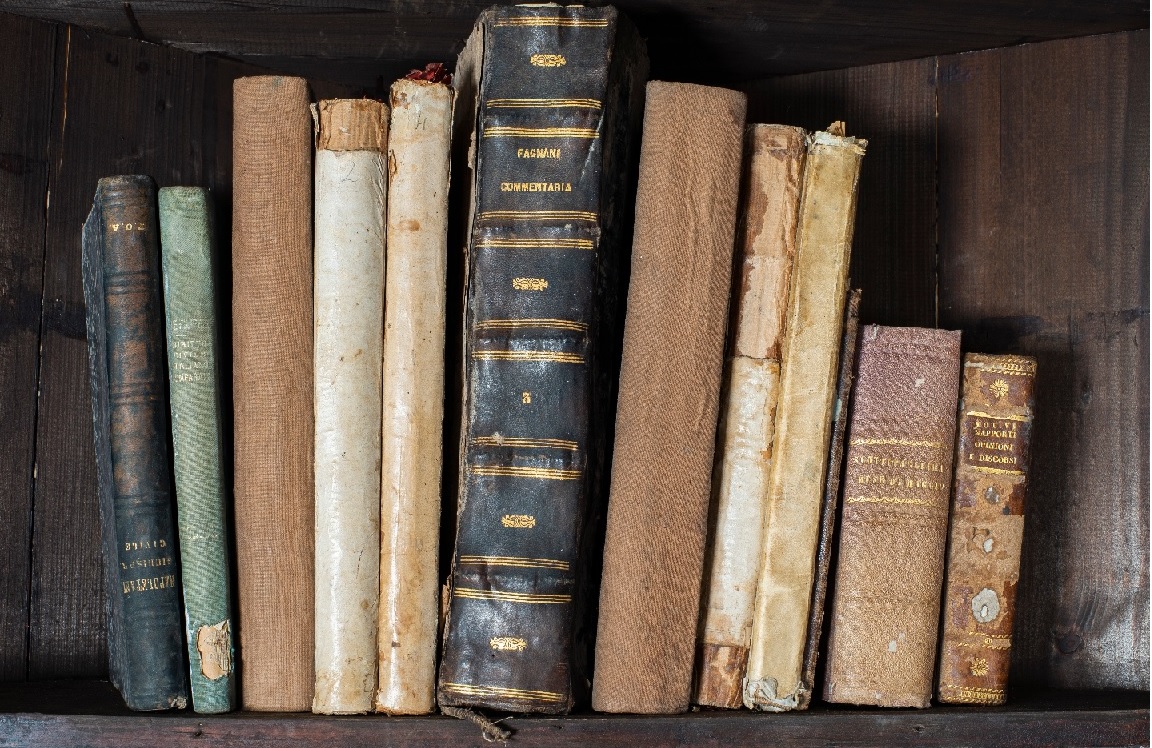For years I have gone on and on [and on] with the mantra for lawyers, “Whoever tells the best story wins.” I have pointed out that story-telling is nothing new—it dates back at least to cave drawings in which stories of past hunts describe where food and clothing may be found on future hunts. I have pointed out that there are evolutionary schools of thought where stories, because of their physical and mental survival features, might be hard-wired into our brains, making their appeal “automatic” when we hear them. You’ve heard enough about all this from me.
Until today.
Analyzing fairy tales, deconstructing them, and pulling out their hidden lessons is an academic specialty among linguists, cultural historians, and literary experts. For instance, “Beauty and the Beast” has been lauded as the ideal tale to show that true beauty is not superficial, but comes from within. On closer examination, however, in 1740 when “Beauty and the Beast” was written, it also reflected some contemporaneous societal conflicts about the hazards of marriage, the trading of a woman for personal gain, and the relationship between humans and nature. Beauty-and-the-Beast-like stories existed in Asia and Africa at the same time, all with similar sets of sub-themes.
Stories can have multiple messages on multiple levels, but they aren’t always just there to teach. Jurors need your story through which they learn your case, but they may also be engaged in creating a story of their own about why they are even there in Court in the first place or the issues that fill their personal lives that they are striving to understand even as they sit and listen to you.
Princeton Comparative Literature professor, Dr. Sarah Chihaya, who studies British and American fairy tales, says:
“We are all, whether we realize it or not, constantly engaged in the process of mythmaking in an attempt to understand the inexplicable.”
What better way to depict the job of a juror?
When I read this, I immediately thought of a current mythmaking struggle that we may or may not realize we are all in: the United States Capitol on January 6th. Even with video evidence, we are “engaged in the process of mythmaking in an attempt to understand the inexplicable.” I’m not trying to suggest any particular version about January 6th, but it is an example of what Chihaya is telling us: we seem to be engaged in a collective mythmaking struggle to understand whether we realize it or not. Myths are a simple (maybe genetic) and efficient method for getting there.
A classic fairy tale, like “Beauty and the Beast,” reveals four lessons that are tailor-made for trial openings:
- your primary meaning must be obvious [“beauty is more than skin deep”];
- deeper meanings might reside inside your story and, although they might not be seen by every juror, they might be revealed by others during deliberations. So, the deeper meanings must also be obvious and can’t conflict with the story at all.
When I told you about some of the 1740 meanings in “Beauty and the Beast,” I hope you said to yourself, “Oh, I can see that.” The deeper meaning doesn’t harm the story, it adds to it. In the same way, your story must be tight—each meaning, surface or deep, living in harmony with every other meaning.
Holes in your story or incompatible meanings allow jurors to create their own myth from your facts. Usually that ends up making you “the Beast,” not “the Beauty”;
- since jurors might be engaged in creating their own myths to understand their own worlds [“Why is my child sick right now?”, “What did my boss mean yesterday?”, “Why is my spouse so distant these days?”], your story needs to be the easy one for them to adopt, like a pleasant escape from their own mythmaking;
- “stories” or “fairy tales” or “myths” are not lies. They are real ways to make real facts understandable. They are the framework in which your facts can live. Never be afraid to tell the jury that you have a story to tell them. That phrase taps into deep, maybe evolutionary, parts of their minds, making your side the “best story.”
If you do this for them, then Mrs. Potts, Chip, Lumiere, and the other 9 jurors, will appreciate your work.
Share This Story, Choose Your Platform!
Click below to add your email address to our mailing list and receive the latest Persuasion Tips right in your inbox!

